As a society, we’re waking up to the idea that gender identity doesn’t fit into two neat, blue and pink boxes, but rather exists on a spectrum that might not always mirror the biological body. Perhaps nowhere is the notion of gender fluidity being more tangibly explored than in the fashion industry, where designers are increasingly creating collections that blur the boundaries between boys and girls. There’s a growing curiosity, but this space is fraught, and though it’s in the zeitgeist today, trans is most certainly not just a trend. We’re parsing out the complexities of identity and diving headfirst into a new frontier.
We gathered Zackary Drucker and Hari Nef to discuss their own experiences as transgender icons coming to fame amid a new era of pop culture trans narratives. A co-producer of the groundbreaking show Transparent, Drucker is a celebrated artist whose repertoire over the past 10 years has explored notions of gender and identity, gracing the Whitney Biennial and MoMA PS1. Nef, a recent Columbia graduate and actress who appears in the upcoming season of Transparent, initially made waves as the first openly trans model signed by powerhouse IMG Models. Together, they examine the traps of mounting visibility, the vital importance of community, and the challenges of breaking down the binary.
Zackary Drucker: Hari, what was your introduction to the sisterhood?
Hari Nef: When I was growing up in the suburbs, there was no Laverne Cox, no Janet Mock. I didn’t really see how my day-to-day could function as a trans woman, so I didn’t align my gender dysphoria with this idea that I was transgender. It wasn’t until I met trans women in New York that I understood that this was a life I could lead. I met Juliana Huxtable and DeSe Escobar, who were artists and in nightlife but also had jobs, rode the subway, just lived their lives.
I would meet trans people in the club, like Juliana, and follow them on Instagram and see that there was a person and a life behind the one image that I thought of them. The internet was how I encountered all of these people… I would not be talking with you right now if I had not spent like 50 percent of the past four years on the internet. It’s what’s allowing the younger generation to survive, especially for those growing up in communities where there are no trans people around because they’ve all left for cities or found other havens. The internet is the only way out.
ZD: Well, trans people have been surviving and finding each other throughout history, but it’s a lot easier for your generation. As a queer youth in the suburbs in the 1990s, I found that community at the local video store in the cult films section, or at the alternative coffee shop with the punks and outcasts.
HN: My haven was Tumblr. Some of my Tumblr friends, we’ve been following and reblogging each other for years, and I’m talking about me and denied-female-at-birth trans people. Before we identified as trans, or were presenting as trans, we were following each other, talking to each other, not really knowing why, just sensing that there was a connection. We all kind of knew that we needed to watch and educate each other and create a safe space. There’s a day where we try to make the entire Tumblr feed trans women, like a trans appreciation or affirmation day, and there were trans girls coming out that day, posting selfies, who had a nation of people to support and love them just from the internet. That can really carry over into your daily life.
ZD: There was this controversial article in The New York Times recently positing that, in the future of trans identities, if our identities and pronouns were respected, would medical intervention still be necessary? As I’m listening to you talk about the affirmation that you feel from a community in a virtual space, in social media, I’m wondering do you think it will always be necessary in the future for people to have physical transitions or medical interventions?
HN: To be honest, I do think it will be less important. I spoke to a friend who recently came out as trans after a very long time of presenting quite femininely, but also, in some ways, in a masculine manner. She told me, ‘I feel like this is what I need to do, but I’ve put it off for so long because I’m scared that I’m not trans enough to stand next to you. I don’t feel like I was born in the wrong body. I want to wear boys’ clothes sometimes, but I feel like the space for me in culture is feminine. I would rather be a wife than a husband, I would rather be a mother than a father, I would rather be an old woman than an old man, but where I’m at right now is less about my body because screw my body. It’s more about the space I want to occupy.’ I feel like that’s what gender is at the end of the day. We need to separate the idea that gender is linked up to your body, and when society at large is more receptive to the idea of people choosing and proclaiming their own idea of their identity then I don’t think transition will be necessary. In an ideal world we wouldn’t need it.
[quote position="full" is_quote="true"]Now we’re in the limelight with this weird, narrow window to attain exposure and money and visibility, and every trans woman who can needs to try and get a piece.[/quote]
ZD: It’s like we have these internal spaces where we self identify, and everybody has a very unique perception of their own gender. I think queer and trans people are more likely to express it because we’ve already crossed that threshold, laid down whatever semblance of cis or heterosexual privilege we may have had. But we all have our own complex gender. The virtual space is an extension of this internal world. The times that you’re pulled out of that internal world, times when you don’t physically fit into one of two gender categories, you have a problem. Bathrooms are ground zero for that. What happens when you identify as a woman, but you haven’t undergone hormone replacement therapy, and you find yourself always uncomfortable in a restroom or being bullied out of either/or?
The cosmetic surgery industry is the fastest-growing industry worldwide. The possibilities [to align your physical body to your gender identity] are more available, more accessible. But it’s also a luxury that’s divided along class lines, especially given the obstacles that trans people face in obtaining adequate healthcare. How do we as a community mobilize to overcome these major obstacles?
HN: I honestly feel like it’s purely a question of power. Now we’re in the limelight with this weird, narrow window to attain exposure and money and visibility, and every trans woman who can needs to try and get a piece. I want us all up here—making money, pushing legislation, philanthropy, advocacy, calling people out—but at the end of the day, because it’s a media thing, it’s probably going to be—us here talking being a prime example—trans women working in media and politics. As trans women with white privilege, we may be given more opportunities, and we have this dire responsibility to pass the mic. We need to advocate for trans women of color, and we need to do more than talk about it. The danger is so disproportionate right now to how much shine we’re getting, and I’m more scared than I am triumphant.
ZD: I’ve heard more than one trans person say that it’s like the best of times and the worst of times. It’s troubling the ways in which we’re being offered these opportunities. Then there’s this speculation that with the increased visibility of trans people, there’s this unintended backlash hitting the most disenfranchised members of our community. We really do have a responsibility to bring the community up. I think the only way that’s going to happen is through gainful employment.
HN: I feel like people are seeing something come to light that they always knew was there, but it made their lives so much safer and less complicated to not address it, and society wasn’t addressing it. A less nuanced life is a safer life; a life with fewer ambiguities is a safer life. All of this trans stuff, now that it’s being brought out into the open, feels like such a no-brainer, and I feel like that’s why people are so angry. People feel really powerless with the shift away from this binary way of seeing, being, loving, etc., that has been so rigid.
ZD: It’s a direct threat to patriarchy, and moreover, I think that it’s been most threatening to codes of straight masculinity. The consumption of trans bodies has always been concealed. It’s the highest-grossing and fastest-growing category of pornography—this was on CNBC recently—and then there’s survival sex and sex work, another concealable consumption, and I can’t help but wonder what this world would look like if trans women specifically, stopped selling sex.
[quote position="full" is_quote="true"]I look around sometimes and think: Are we as a community actually being lifted up?[/quote]
HN: I feel like selling sex permeates all trans women professionals. I’ve been asked to get my tits out on almost every job, including this shoot. People want to see my tits. They want to see my body. Even on Instagram I made a spectacle out of my body; I posted topless photos. I obviously was operating in a milieu of an art community, and not trying to be porn-y or slutty or whatever, but at the end of the day, it’s the same shit, and I know that people are fascinated by my body. If I may, I’m familiar with a lot of your work, and you expose your body in it as well, so can you speak to the intentionality of that?
ZD: I feel less inclined to do that now, I guess because I’ve already done it. But when I did, I wanted to put out various representations of a trans body because I didn’t feel that they existed in a way that was on somebody’s own terms—a representation that was divorced from the male gaze.
HN: That’s why I showed my tits on Instagram long before I ever let anyone photograph them—because I wanted to be in control of that.
ZD: I think we’re ultimately talking about visibility. It’s escalating so quickly that, as a community, it’s been really hard for us to even perceive what it’s all about. The last two years have been mind-boggling. When I started working on Transparent two years ago, it was a completely different landscape. And the world in which I created the work you’re talking about—it feels decades away, even though it was only five years ago.
HN: I don’t know if I would’ve been able to show my body in public if you hadn’t been able to show yours. Even me talking to trans women who are three years older than me, there’s this weird divide, because I may be one of the first trans women who has parlayed this identity to my advantage in media, acting, and modeling. I understand that I’m so lucky and participating in a cultural moment, but I’m literally being handed this stuff, probably earlier than I should be, because I’m trans.
ZD: I look around sometimes and think: Are we as a community actually being lifted up? Or are we just pawns in this sort of prurient curiosity of a cis-normative world? There’s no answer, it’s yet to be seen. Yes, I would like to be optimistic and say that we’re moving toward the future where this next generation of trans people will finally be able to get ahead. Phyllis Frye, our nation’s first openly transgender judge, is on the cover of The New York Times today. Those people have always existed as well, people who have operated in an overground economy, and who have made an impact regardless of the obstacles of being trans, but that usually happens with late transitioners.
HN: What we need to do to make sure that this isn’t just a media circus is rise to these occasions, look around, learn, and grab the controls while the dudes aren’t looking. Because we’re smart enough, and capable enough, and they’re letting us in so close right now. I still believe it’s a question of power, and it’s ours to snatch from right under the noses of people who’ve been withholding it from us for so long… It’s so important for girls like us to have these conversations. We’re a part of the movement; we need to talk to each other. We really need to be here for each other and around each other. That’s the only way we’re ever going to gain a collective power. I’m not saying that applies to consensus, but it should apply to understanding and empathy.
ZD: To me it feels like a relief, looking around at the community that’s emerging from the darkness, realizing that this is not about me, this is not about you, this is about an entire community and a feeling of solidarity. This is really what the sisterhood is: I got your back, you got my back. There’s strength in numbers. We can change this motherfucker. It’s not all on my shoulders anymore, and it’s more than I thought I’d see in my lifetime.
This interview has been edited and condensed.






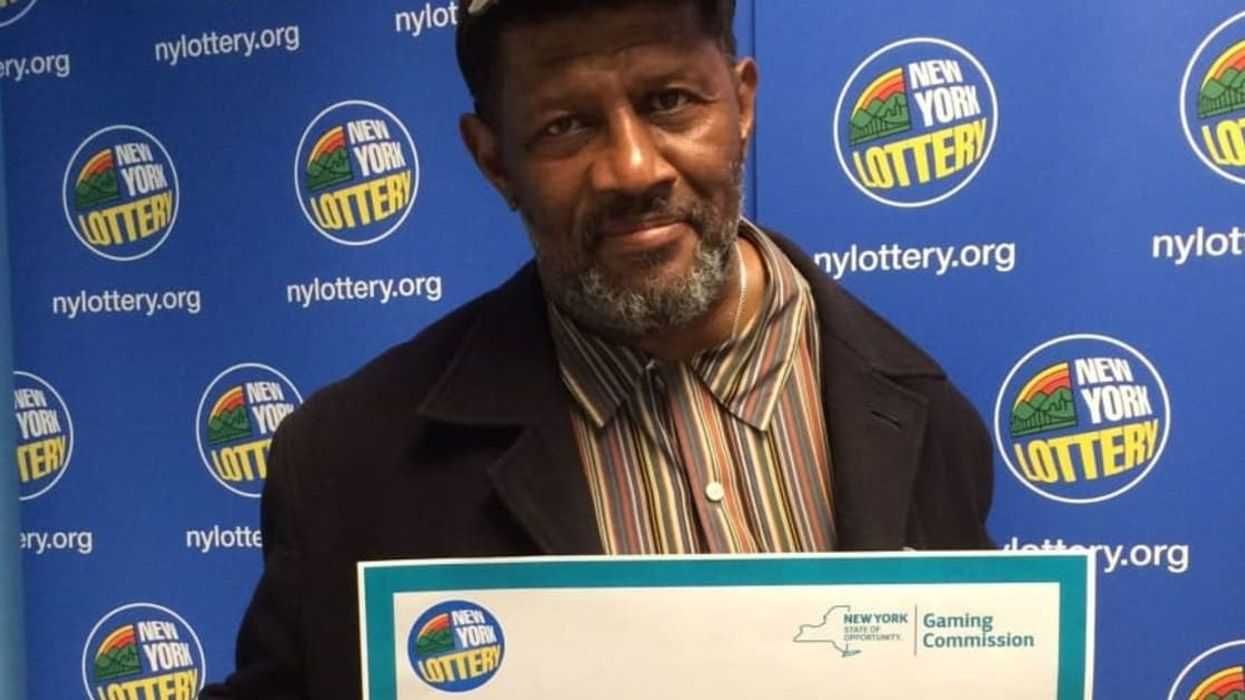


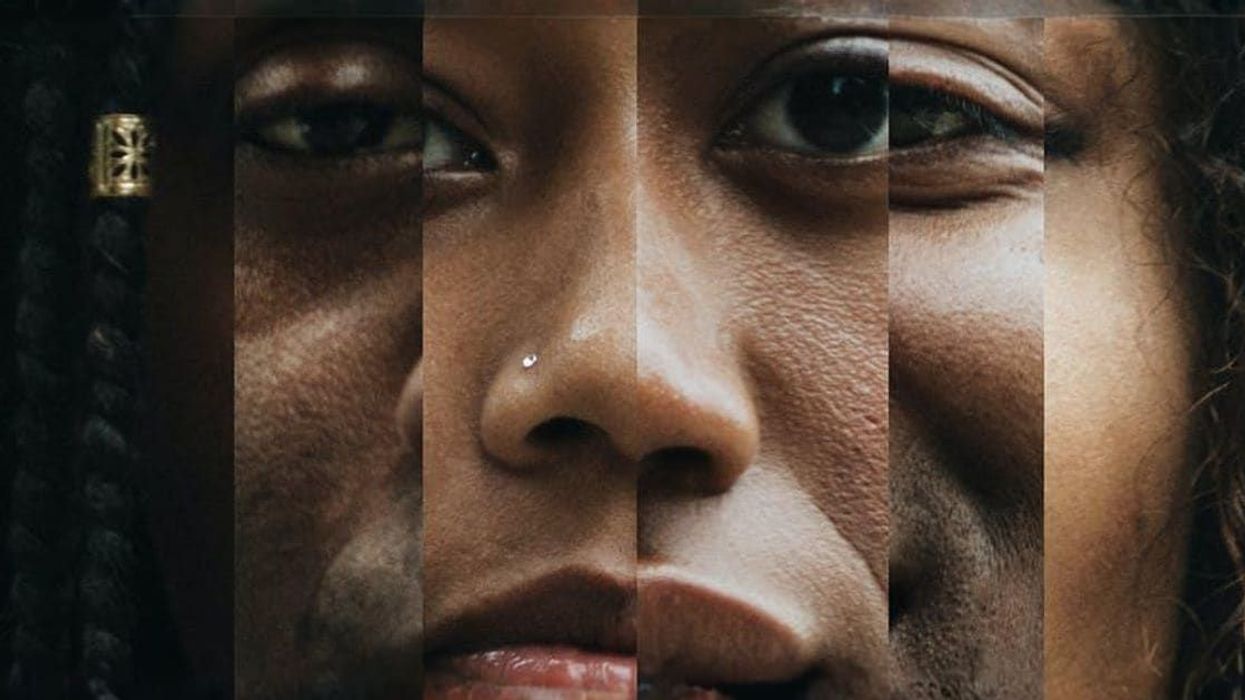






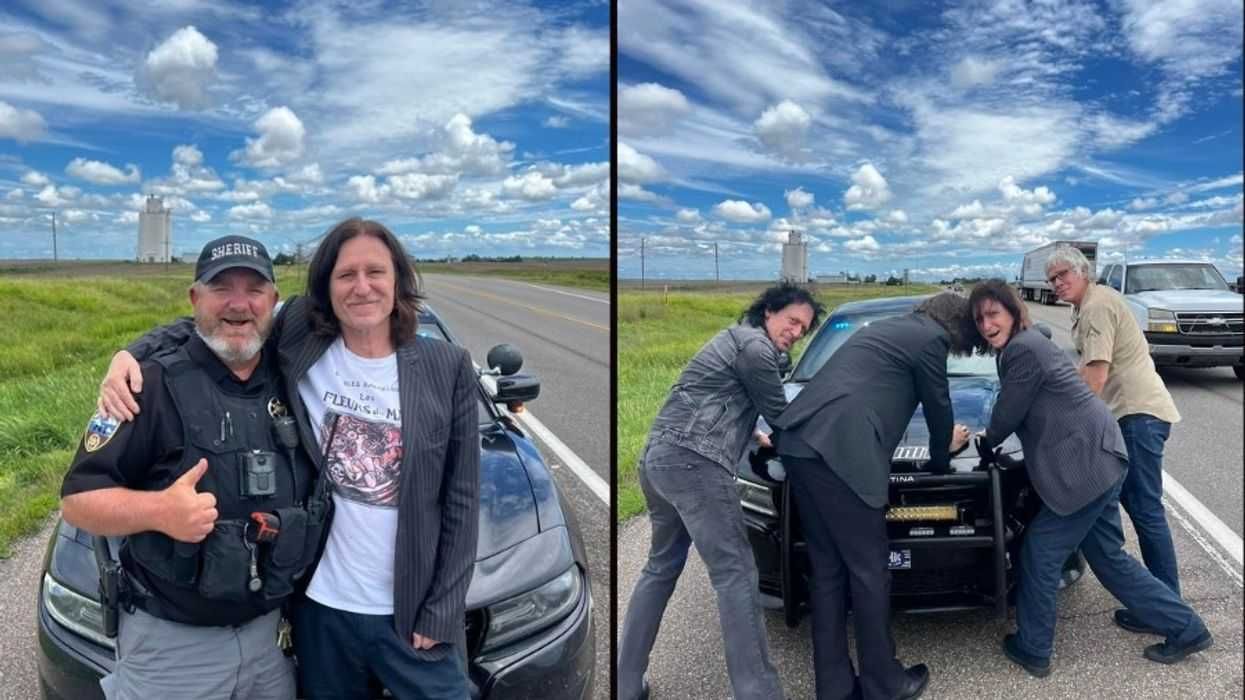
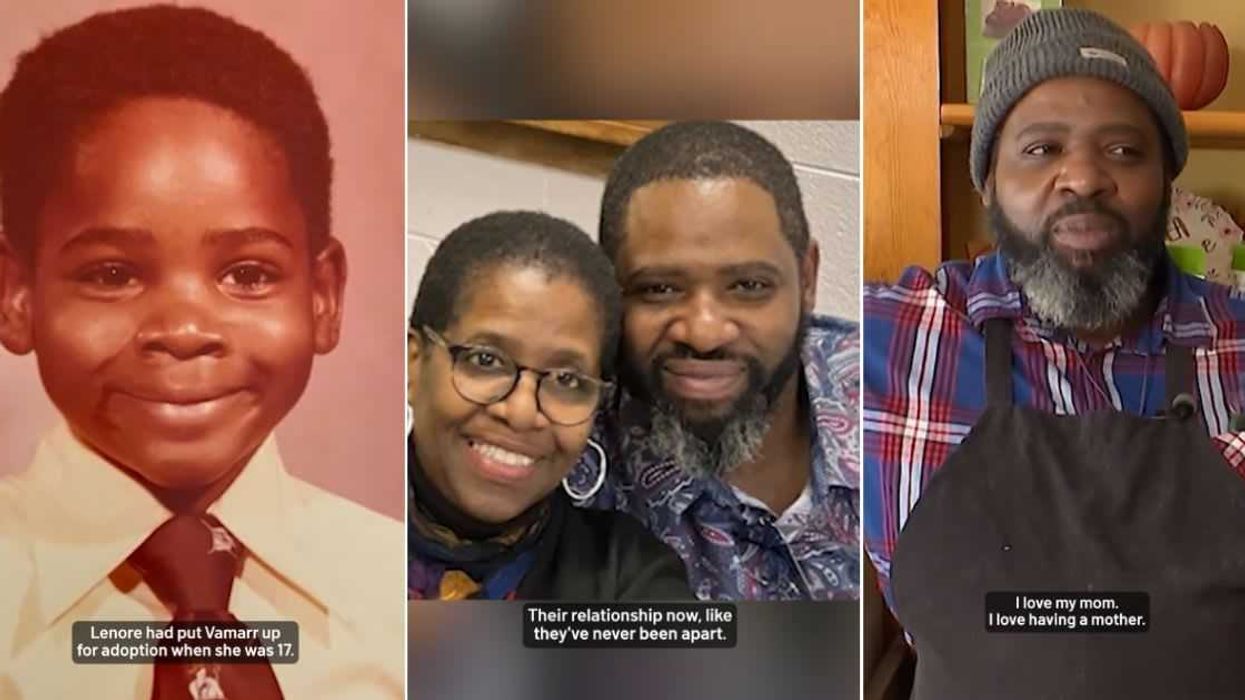
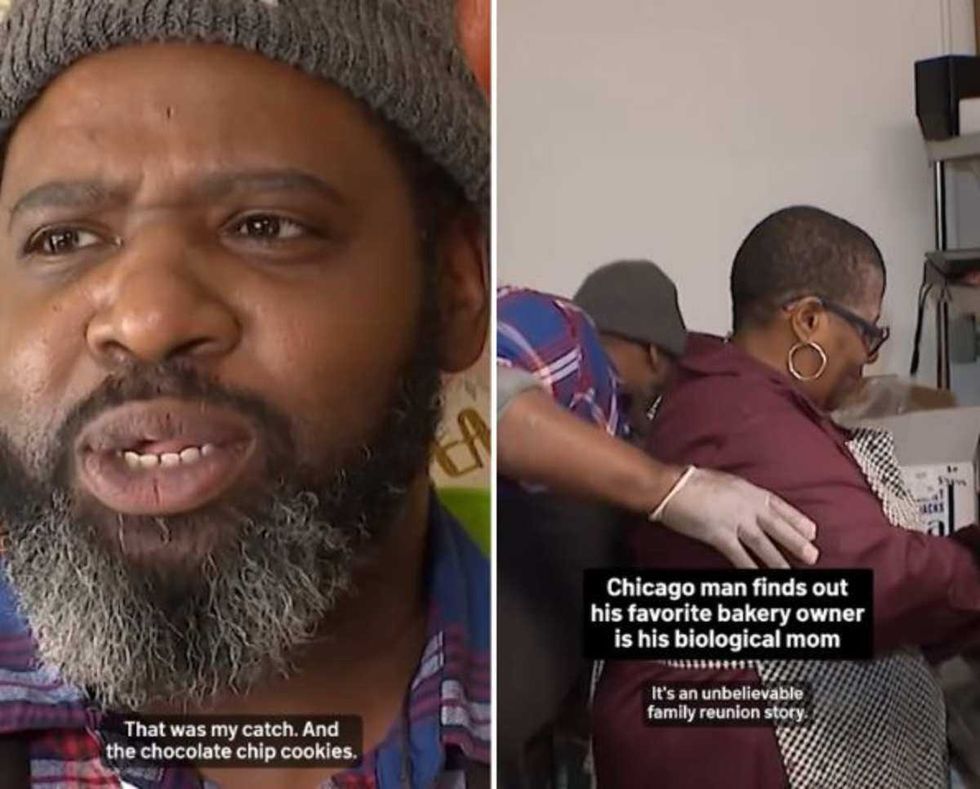 Screenshots of the man talking to the camera and with his momTikTok |
Screenshots of the man talking to the camera and with his momTikTok | 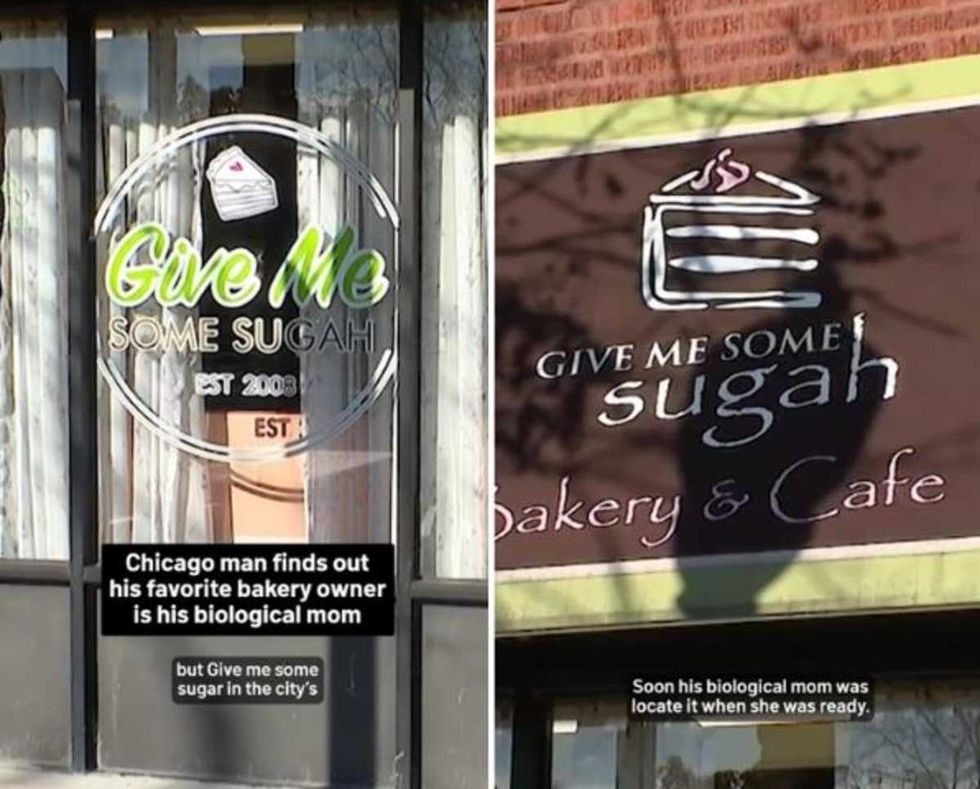 Screenshots of the bakery Image Source: TikTok |
Screenshots of the bakery Image Source: TikTok | 
 A woman hands out food to a homeless personCanva
A woman hands out food to a homeless personCanva A female artist in her studioCanva
A female artist in her studioCanva A woman smiling in front of her computerCanva
A woman smiling in front of her computerCanva 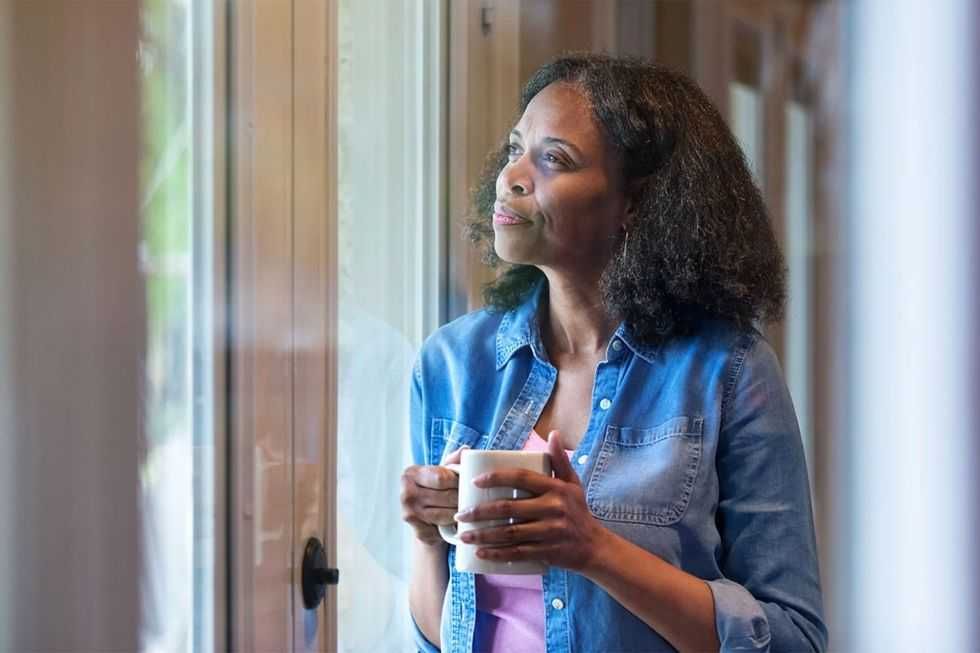 A woman holds a cup of coffee while looking outside her windowCanva
A woman holds a cup of coffee while looking outside her windowCanva 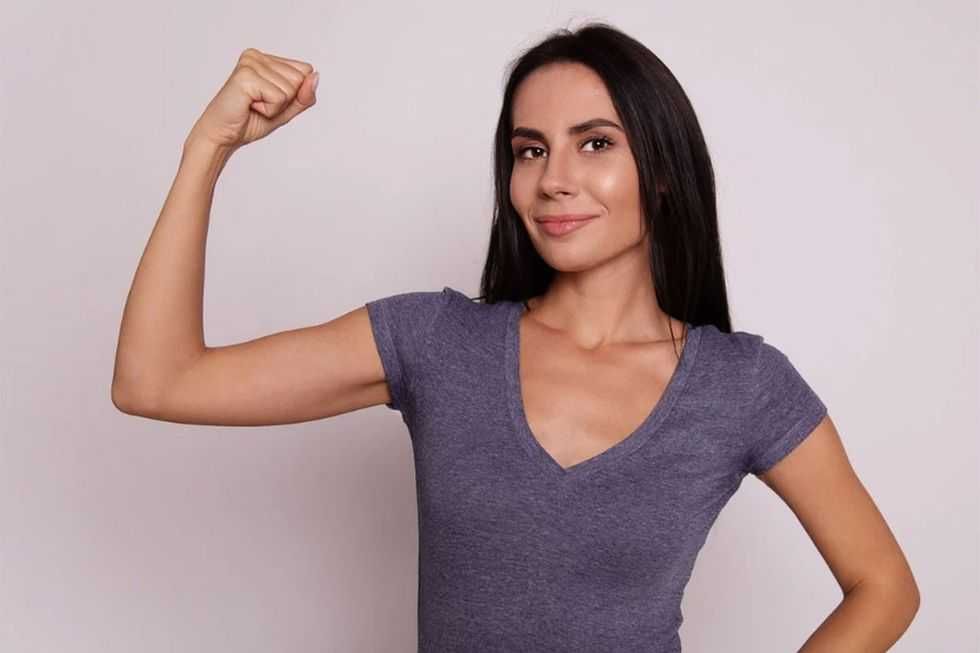 A woman flexes her bicepCanva
A woman flexes her bicepCanva  A woman cooking in her kitchenCanva
A woman cooking in her kitchenCanva 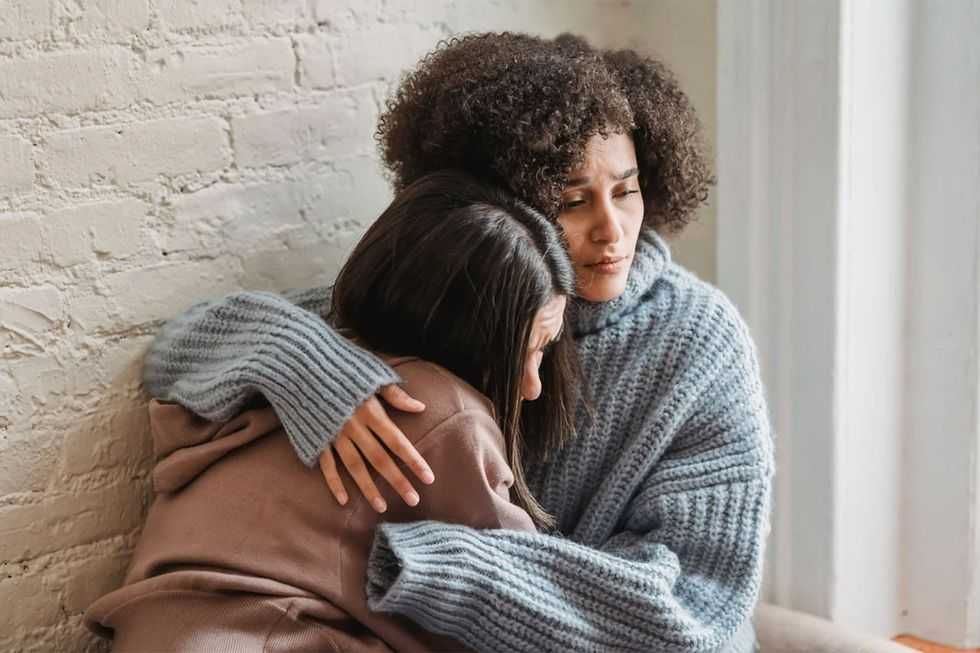 Two women console each otherCanva
Two women console each otherCanva  Two women talking to each otherCanva
Two women talking to each otherCanva  Two people having a lively conversationCanva
Two people having a lively conversationCanva  Two women embrace in a hugCanva
Two women embrace in a hugCanva 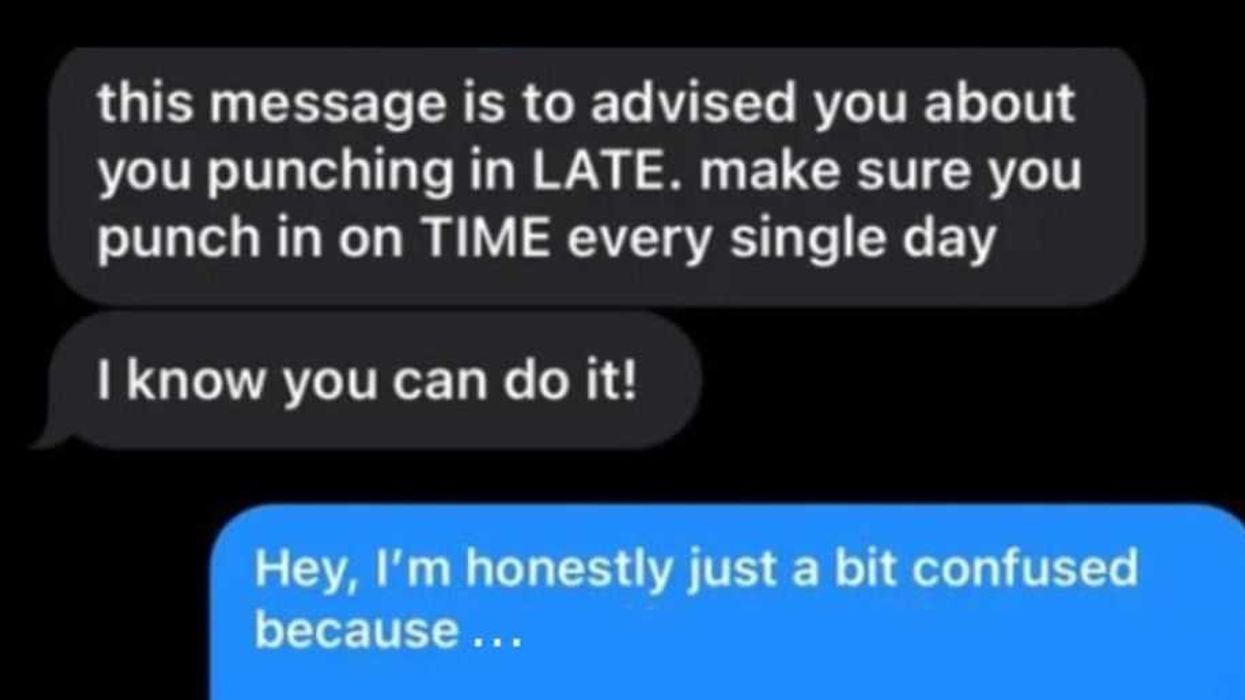
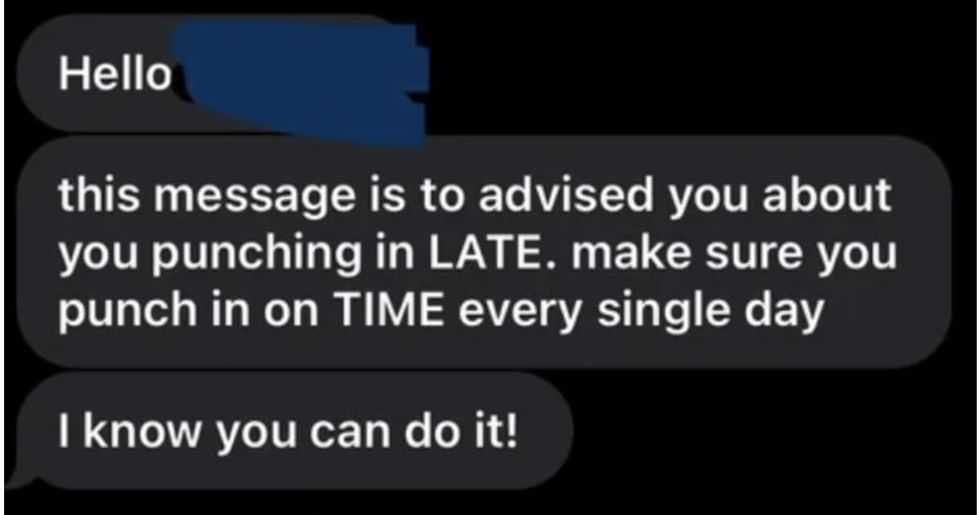 A reddit commentReddit |
A reddit commentReddit | 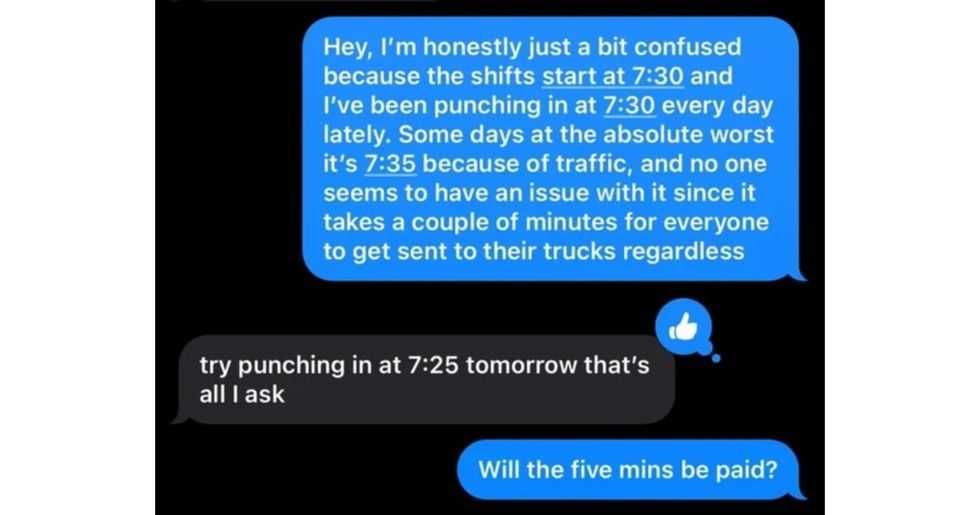 A Reddit commentReddit |
A Reddit commentReddit | 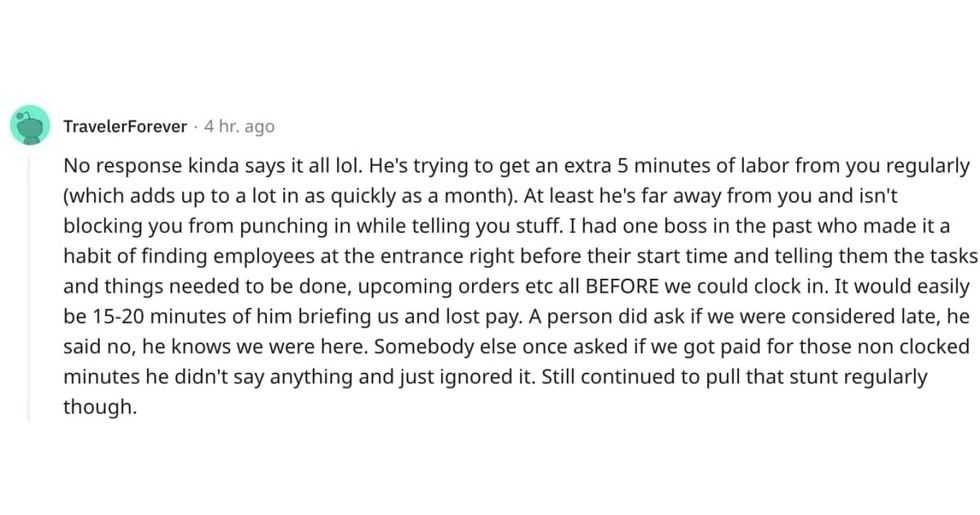 A Reddit commentReddit |
A Reddit commentReddit |  Stressed-out employee stares at their computerCanva
Stressed-out employee stares at their computerCanva
 Who knows what adventures the bottle had before being discovered.
Who knows what adventures the bottle had before being discovered. 
 Gif of young girl looking at someone suspiciously via
Gif of young girl looking at someone suspiciously via 